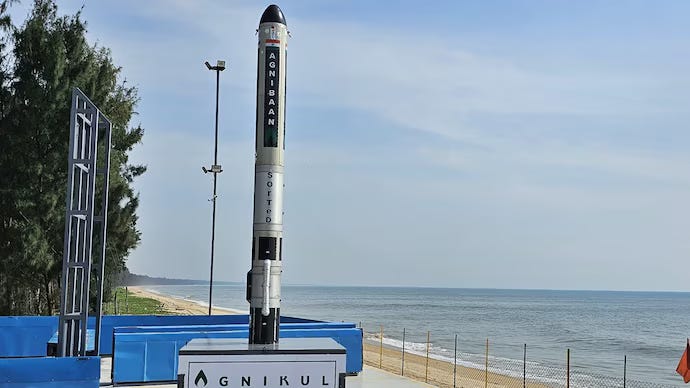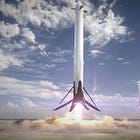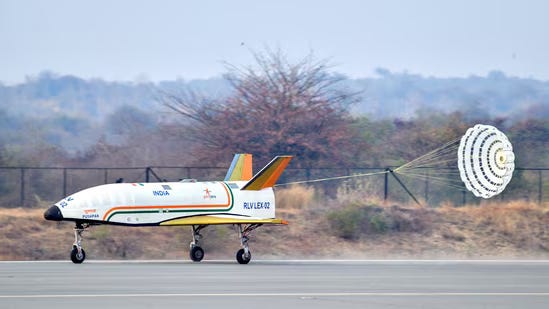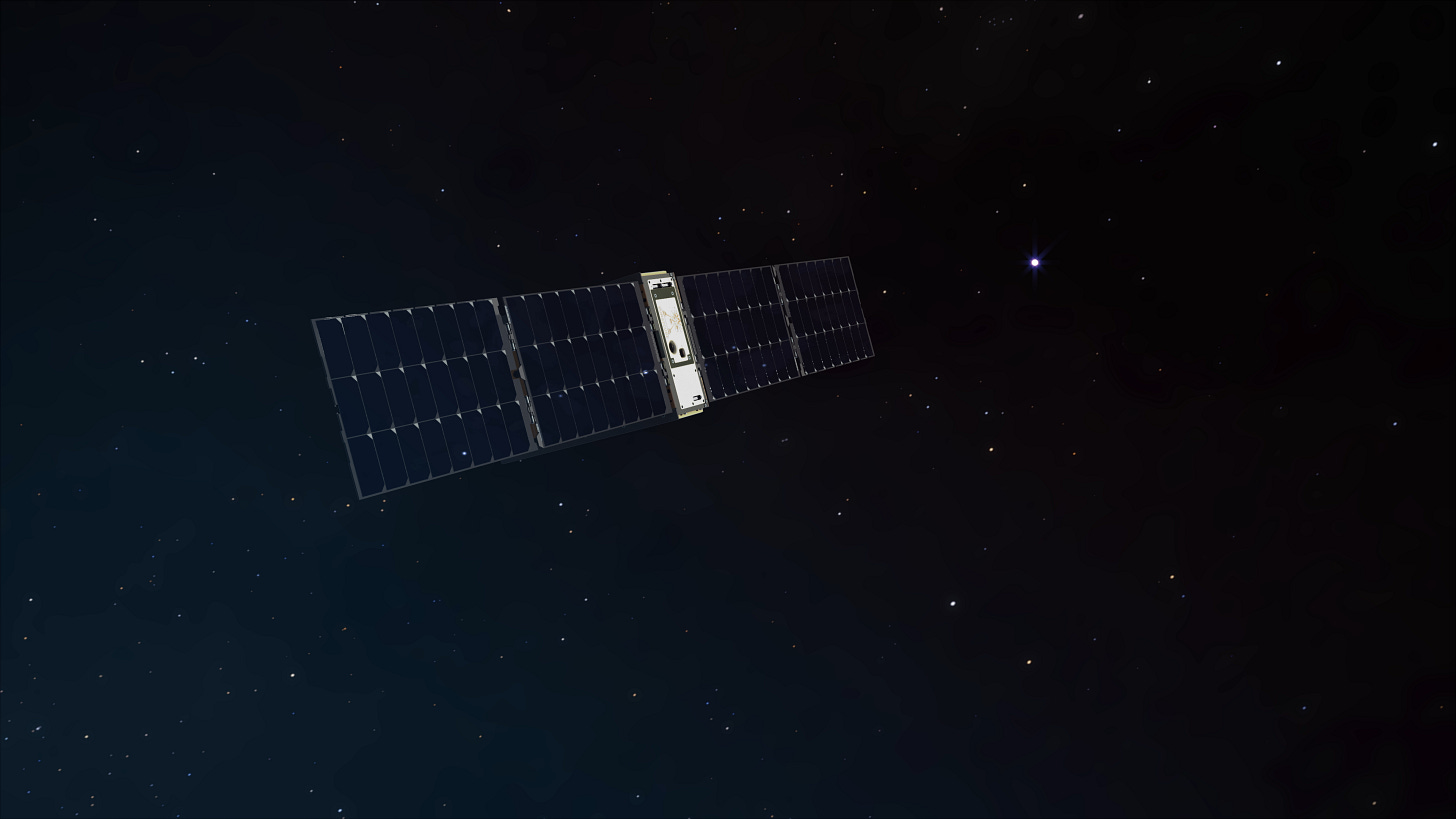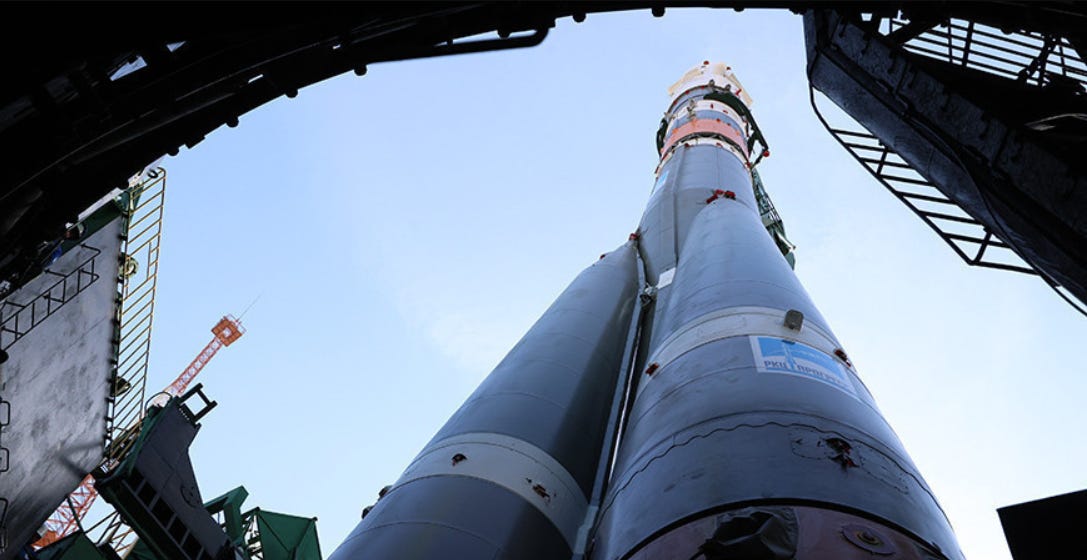Weekly - Russian manned rocket launch aborted seconds before launch and more
Weekly Space News - Quick and Easy
Agnikul postpones test launch and more
Last week, privately owned Indian space startup: Agnikul Cosmos postponed the test launch of its Agniban launch vehicle. The Agniban launch vehicle is still in its test phase and is designed to carry about 300kg into low earth orbit. The main goal of the test flight is to test the rocket’s first stage which includes the boosters and propellant tanks. The test flight was postponed due to “technical difficulties” and the new launch date has not been disclosed. Agnikul is the first and only company to have its own privately built and owned launchpad in India. It is however important to note that they have never actually launched a rocket of its own before. Skyroot Aerospace remains the only private company to have ever done that.
ISRO conducts tests of reusable launch vehicle ‘Pushpak’
Last week, ISRO successfully completed its 3rd flight test of the Pushpak launch vehicle. Pushpak is designed to be a fully reusable launch vehicle. Pushpak is not like other rockets, it is more of a space plane. It has 2 wings like a plane and its second stage is designed to land like an aeroplane on a runway and be reused for future missions. The first stage is designed to drop off and later is also recovered for reuse. In the test flight, the vehicle was taken high into the atmosphere by an air-force helicopter and released mid-air. The space plane then successfully landed on the designated runway like a plane with a few parachutes to slow it down after landing. ISRO has big plans for this space plane in the future other than just putting satellites in orbit. It could even be used to refuel satellites in orbit and retrieve used-up satellites back to the Earth for refurbishment. This RLV could significantly cut the costs of missions and start a new era in space exploration not just for India but for the whole world. To read more about reusable rockets you can check out this post:
NASA launches satellite to study cosmic bursts
Last week NASA launched its latest BurstCube satellite into space. The satellite was not directly put into orbit. It was launched to the International Space Station (ISS) on one of the routine cargo resupply missions by SpaceX. It will later be put into orbit from the space station. This is a much more efficient way to put small satellites like the BurstCube which is only about the size of a shoebox into orbit. The satellite will be used to detect, locate and study short gamma-ray bursts (GRBs) which are brief flashes of high-energy light. Studying GRBs could help in understanding more about the end of a star’s life and the formation of black holes.
Russian manned rocket launch aborted seconds before launch
Last week, Russia attempted to launch its Soyuz spacecraft carrying 3 astronauts or cosmonauts to the ISS. The rocket launch was aborted seconds before the launch when both the rocket engines did not ignite. The countdown was immediately halted and the mission was postponed. All the crew members were safely evacuated. The launch was then conducted successfully 2 days later.


